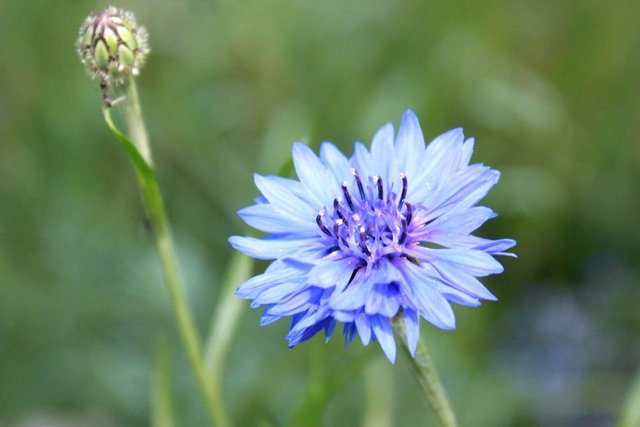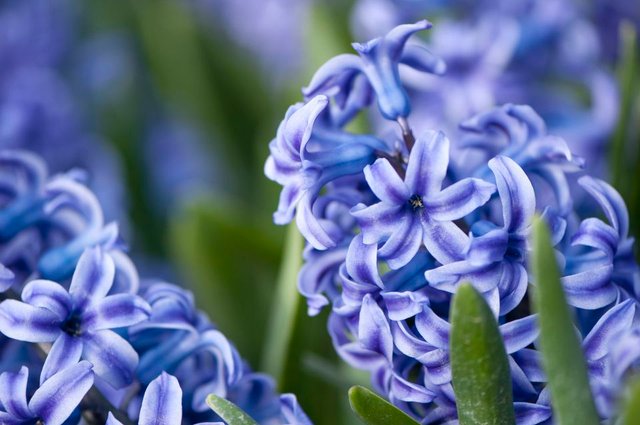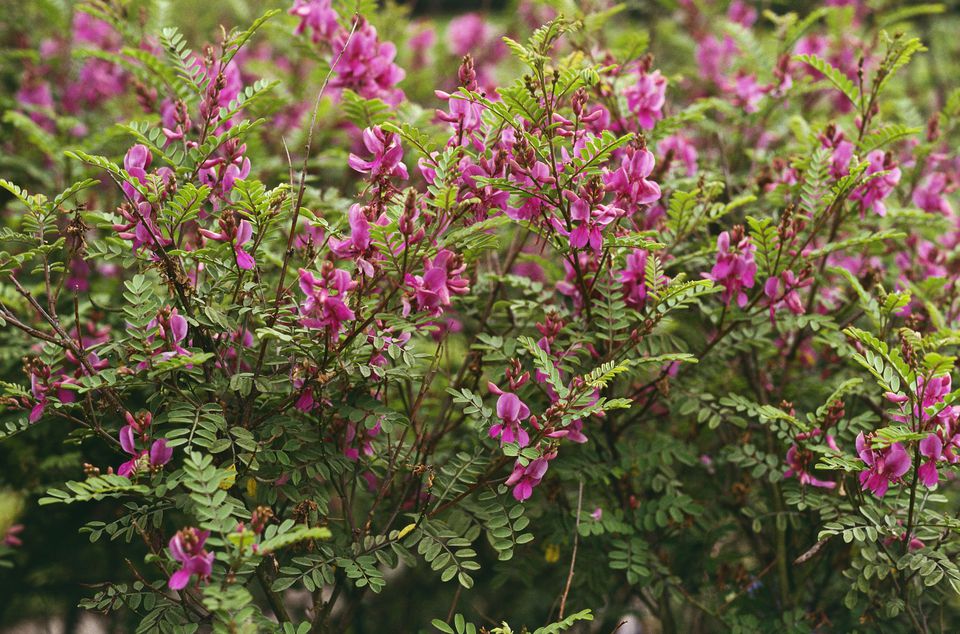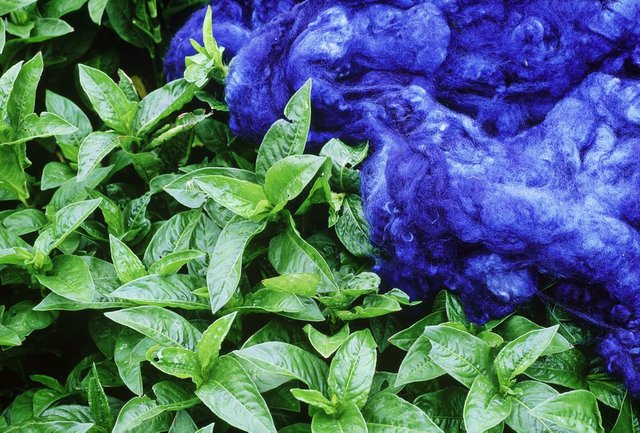How to Create Natural Blue Dyes with Plants
One of the most treasured and rare colors in the plant world is blue. Indigo was so valued that in the United States that Colonists used it as a trade crop.
In this post, you will learn how to create natural blue dyes from plants and then use it to dye fibers and fabrics for your home, clothing and craft projects.
Cornflower
Cornflower, Centaurea cyanus, is an annual plant native to Europe with intense blue flowers. It is also known as Batchelor's Button or Blue Bottle. As a native wildflower species, it is now endangered due to agricultural growth. However, it has been cultivated to become a rather common garden flower.
To create a dye bath, the petals are boiled with alum in the water.
Dogwood Bark and Fruit
There is nothing blue on a dogwood tree, Cornus, but you can produce blue dye using the bark of the dogwood and a greenish-blue dye from the red fruit.
Dogwood bark has an interesting square-plate texture. The fruit is colorful in the autumn and winter often turning a brilliant scarlet.
The dye is extracted by boiling large quantities of the bark or fruit with water.
Hyacinth Flowers
Hyacinth, as it is commonly known or Hyacinthus, Asparagaceae, is a group of plants grown from bulbs in a range of colors from white to yellow to pink to purple to blue. Native to the Middle East, the bulbs became a garden standard when the bulbs became cultivated commercially in the Netherlands.
To create a blue dye, use the blue and purple blooms in large quantities boiled with water.
Indigo
Indigo, Indigofera tinctoria, is a shrub or small tree found in many countries in the southeastern parts of Asia. The dye is derived from the leaves of the indigo plant that are red or purple in color. The leaves are usually divided into smaller leaflets. The small rose, purple, or white flowers are borne in spikes or clusters. The fruit is a pod, usually with a thin partition between the seeds.
Indigo plants were brought to the American colonies and was grown in the deep South for many years but never became the cash crop that settlers expected. It was replaced by rice and cotton.
The leaves are boiled to extract a deep, true blue dye. Natural indigo powders can be purchased if the plant is not accessible.
Japanese Indigo
Japanese Indigo, Polygonum tinctorium, is also called Dyer's Knotweed. It is an annual plant that is started from seed. It has a relatively short growing season and can produce enough growth for several dye batches each summer. Seed can be saved to grow it again the next year.
Creating a dye bath from Japanese Indigo takes a number of steps and the addition of household ammonia and sodium hydrosulfite. Learn how to make a great deep blue dye from this website, Sheep to Shawl.
These are the ways where you can easily dye the clothes at home.
If you like the post, please upvote.





Nice collections of beautiful flowers 🌹. All are Americans only? haa haa
thanks
img credz: pixabay.com
Nice, you got a 74.0% @readmore upgoat, thanks to @nimik
It consists of $0.05 vote and $0.01 curation
Want a boost? Minnowbooster's got your back!
The @OriginalWorks BETA V2 bot has upvoted(0.5%) and checked this post!
Some similarity seems to be present here:
https://www.thespruce.com/make-natural-fabric-blue-dyes-2145738
This is an early BETA version. If you cited this source, then ignore this message! Reply if you feel this is an error.